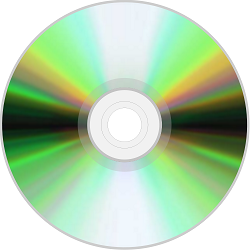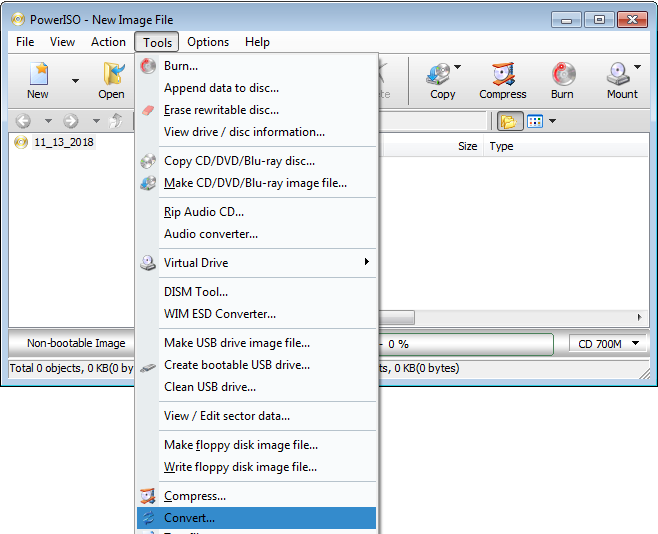(Second) ECM Swap
SBWin (formerly SMD BIN WIN) is a SEGA Genesis/Mega Drive ROM conversion utility for Microsoft Windows. It supports SMD, BIN, and MGD files. It also supports Zip compression of converted ROMs. You can convert a bin to a cal and a cal to a bin, a bin to a jcl and a jcl to a cal, a bin to a ddc and a ddc to a cal. You can convert a hpt to a bin and a bin to an hpt also. You can also convert a bin to a tun or what ever it is now. But some of you think I talk crap and can't back it up. Maybe I have special powers 5637 look at the time stamp.
The ECM that came in 1986-1989 TPI Fbody's and Vettes is a series 1227165 (165). The ECM is located up and behind the dash, on the passenger side of the car. (Behind where a Glove Box would be in a older pre 80s car)
The '85 and '86-'89 TPI cars use a MAF sensor inline of the intake air flow to precisely measure the air flow and adjust A/F, etc. based on that reading. 1990-1992 TPI cars switched over to a MAP system (also referred to as Speed Density) where the ECM gets a estimated air flow based on engine vacuum. The change to MAP is rumored to be based on cost reasons for GM, but for performance engine builders, the limited air flow able to pass thru the MAF is also a consideration of changing to a MAP system.
I wanted to be able to quantitatively compare the MAF-vs-MAP systems on my vehicle to have a better understand the limits of each and how my car would react/benefit from both. To easily switch between the two systems, I set out to build/adapt both ECMs, different sensors, and wiring harness differences in a convenient manner to make switching back and forth between them as simple/easy as possible. After working thru the wiring diagrams and getting much valued help from the GMECM mailing list, I came up with a solution to equip my car with both set of sensors that are different, and build an adaptor cable between my existing ECM harness ('165 wired) and the newer ('730) ECM.
Note that you do not have to build the adaptor to change systems, you caneasily reuse your MAF wiring and existing knock sensor engine wiring to hook thenew MAP and knock sensor to. This is a more permanent solution if you'resold on Speed Density and don't want to switch back-forth between the MAF and MAP systems like I do.
86 ECM pinout diagram92 Sensor/ECM wiring page1, page2, page3, page4, page5, page6, page7,
This is a text file that has the required connector pin changes for theconversion. They are listed in order of the '165 connector pins as wellas in order of the '730 connector pins. (Note that you need an additionalECM connector for the '730 ECM)
The pin naming nomenclature is shown in the above pinout/wiring diagrams.
'165 ECM connector pin changes for 92 ECM
Don Broadus
John Gwynne
Bruce Plecan
Dave Zug
Parts needed:

A handy tool for repining GM harness connectors is the Lisle Terminal Tool, P/N 14900 and can be found here
Adaptor parts needed:
Total cost for the project is ~ $150 depending on what you can get thrusalvage yards and what you have to purchase new..
Click on any image below for an enlargement (~500K) image.January/February 2000 (Preparation)MAF harness plug -to- MAP sensor engine harness The MAF plug was made by cutting apart an old broken MAF and soldering wires to the pins. The MAP plug is available in most any Auto Store in the 'HELP!' section.

All three (24,32 and 32) connectors modified and slipped onto header
Long taped-off wires in foreground will hook to new MAP and Knock Sensors.
All three (24,32 and 32) connectors modified and slipped onto header
Long taped-off wires in foreground will hook to new MAP and Knock Sensors.
'730 ECM pluged into harness.
(labeled, but not soldered to pin header)
'730 and '165 MEMCALs.
'730 (lower) from L4 Cav, '165 from v8.
'730 V8 MEMCAL.
Knock Sensor circuit board built onto MEMCAL.
'730 (and '165) modified V8 MEMCAL.
low-profile ZIF into solded socket.
'92 5.7L Knock Sensor from Autozone
'Trailer Hitch'
wiring harness pulled thru firewall for MAP hookup to adaptor cable
MAP and second knock sensor wired into engine-bay and down/thru firewall
Black plastic conduit used for all wiring for clean look.
I started the car and gathered an initial ALDL scan to check sensors,etc. The car ran very poorly and the data showed it running VERY rich with the stock '92 5.7l calibration. I have enough preliminary data to start zoning in the EPROM. The ALDL data (after warmup) from the RPMs, MAP, O2 from the first start can be seen here
The adaptor was then unhooked and the '165 ECM reattached to prove they can be swapped easily. The ALDL data from the subsequent MAF is shown here .
A basic EPROM image and road test data will be forthcoming..
3-1/2' aluminum tube replacing MAF sensor
Cut from 3-1/2' diameter aluminum jar, 6' long. Painted 'stealth' black
3-1/2' aluminum tube replacing MAF sensor
Cut from 3-1/2' diameter aluminum jar, 6' long. Painted 'stealth' black
MAF hookup wire can be seen on thermostat housing
1 (MAP) 13.098@105 (let car shift to OD)
2 (MAP) 13.095@105 (let car shift to OD)
3 (MAF) 12.941@105 (kept car in 3rd to 5600rpm)
4 (MAF) 13.071@103 (let car shift to OD)
5 (MAF) 12.927@106 (kept car in 3rd to 5800rpm)
6 (MAP) 13.063@105 (kept car in 3rd to 5800rpm)
7 (MAP) 13.050@105 (kept car in 3rd to 5600rpm)
*note: all the runs had 60' times between 1.812 and 1.860 and so I feel are warranted for comparison..
The Bins used for the tests are a AUJP (Runs 1,2) , AUJP (Run 6) , AUJP (Run 7) variant used in the '730, and a ARAP variant used in the '165.
Diacom snapshots of the RPM,air flow,O2 for the best MAP and MAF runs..
Diacom snapshots of the RPM,Spark Adv (TDC relative),Knock retard for the best MAP and MAF runs..
00-5-21
The MAP system runs very strong now. The above tests were with an early(in tuning) MAP chip that barely had the fueling stable and had no sparkadvance tuning done. I've since tuned it much better and the MAP setup isrunning at and above the level of the MAF setup..
I will soon bebuilding a cold-air intake for it that is much more difficult to do witha MAF system...

Emulating games is fun, but while SNES, NES and Genesis games are easy to find and run, PlayStation games are a bit more complicated. Unlike the others, they come in a dozen of different disc formats.
Most commonly, you'll find PlayStation games distributed as a zip-file and inside you'll find one or more bin files. Each bin-file represents a track on the game CD-ROM. From my experience, the first track is always data and any subsequent tracks are audio - at least for PlayStation 1 games. Unfortunately, emulators and virtual drive managers won't load multiple tracks automatically. They need something called a cue sheet, which is a special textfile that works as a tracklist. It's supposed to represent a CD-ROM and define which tracks are on the CD-ROM, which order, what format they are (data or audio) and the filename of the bin file for each track.
Given the importance of this cue sheet, it's sad how distributors of roms often forget to generate/include the file (or include an invalid one). For ePSXe, it seems that you can load the first bin directly, but background music will be missing and you'll be disappointed. 😞
With a little technical skill and a great deal of patience you can write suitable cue-files yourself for each of your games in notepad, but it's errorprone, boring and it can be automated. So guess what... I wrote the script, so you don't have to! 😊
Prior to making this webpage, I found a few existing tools that attempt to solve this issue. I tried three different ones - Thorst's CueMaker, Liors Cue Maker 2.4 and Lior's Cue Maker unknown version. Unfortunately, neither of the tools seem to support games with multiple bin files and since these games are the ones that won't have music without a cue sheet, these tools don't really solve the problem.
This webpage also assumes that the first track is data, while all subsequent tracks are audio. This assumption seems to hold true for every PlayStation game I have tried so far.

Drag your bin files onto the dropzone below and have the cue sheet generated automatically. Your files will not be uploaded or anything. The dropzone is used to read the filenames of the bins, so this webpage can generate a cue sheet for you.